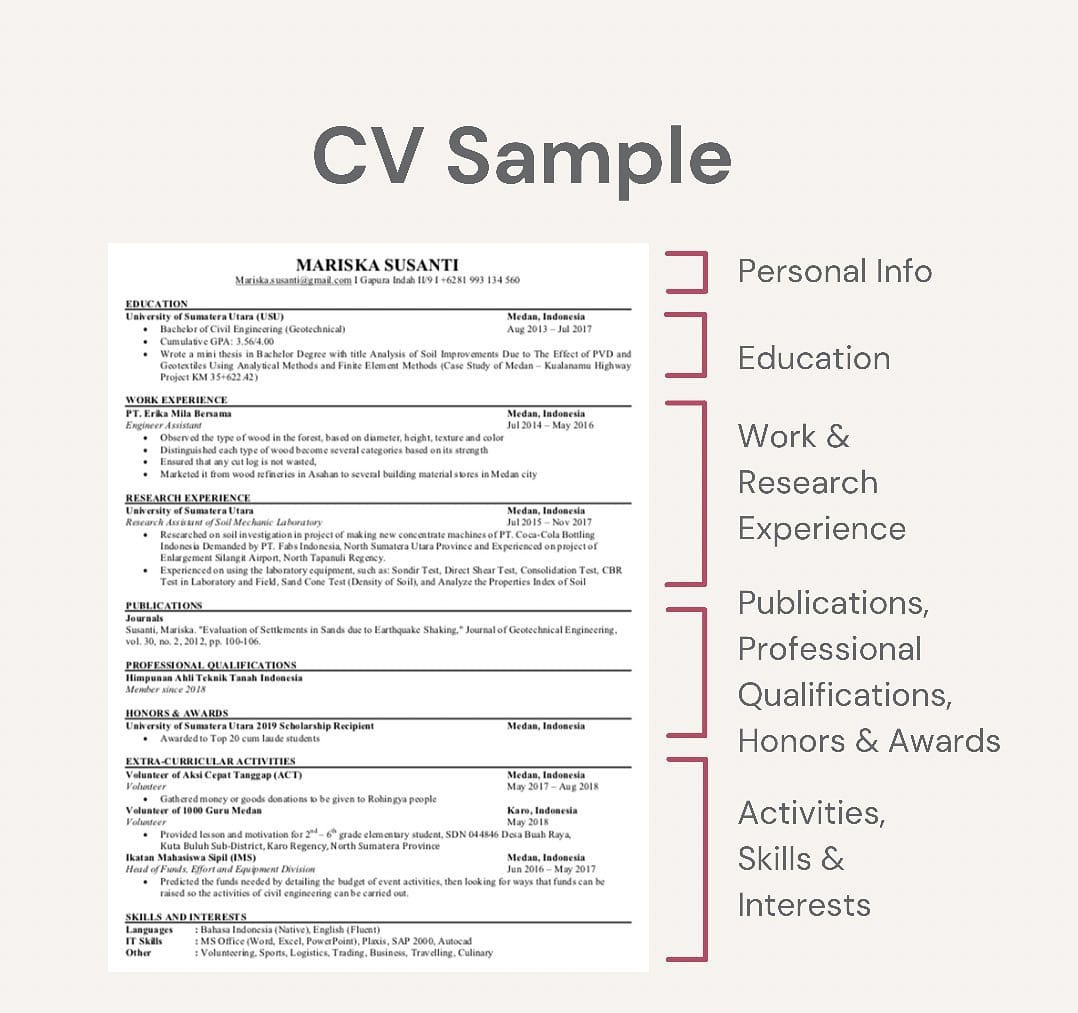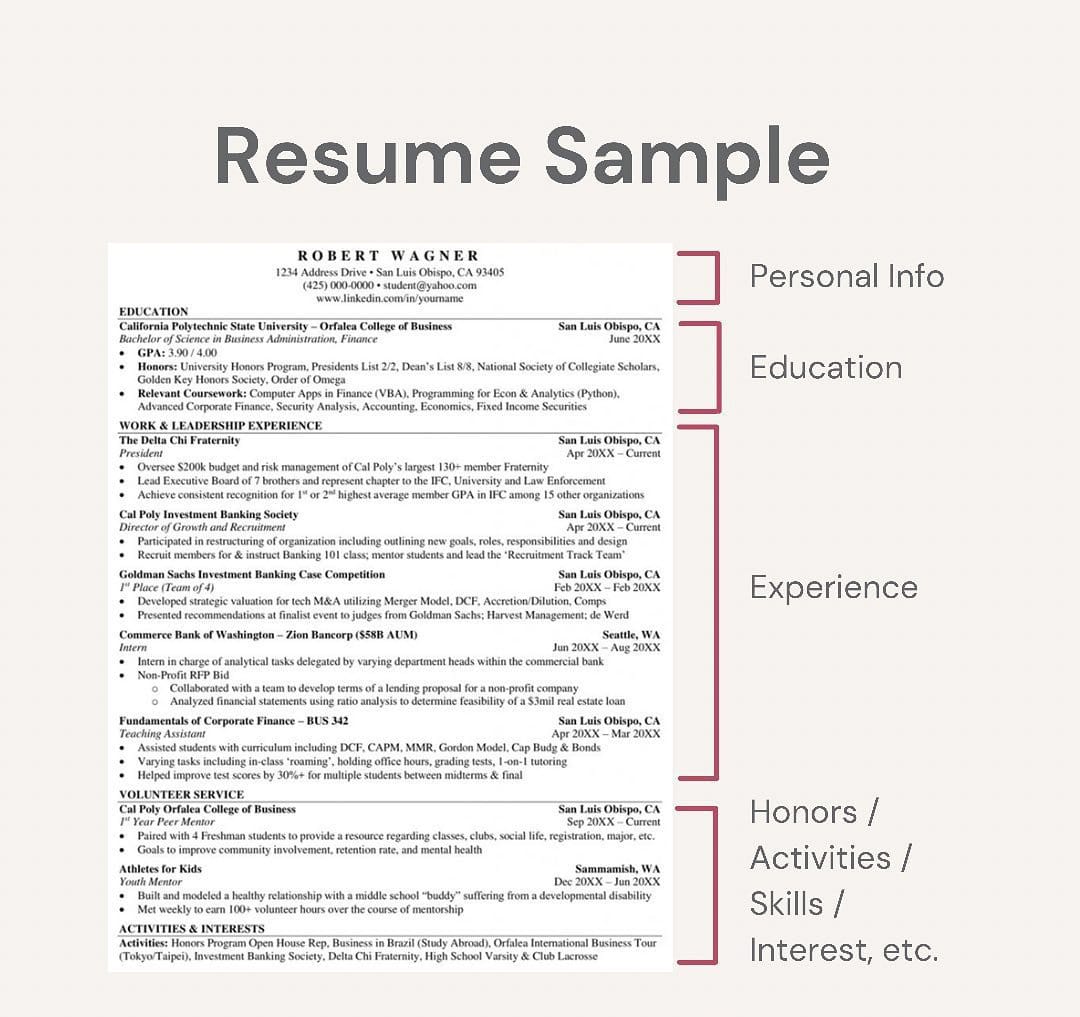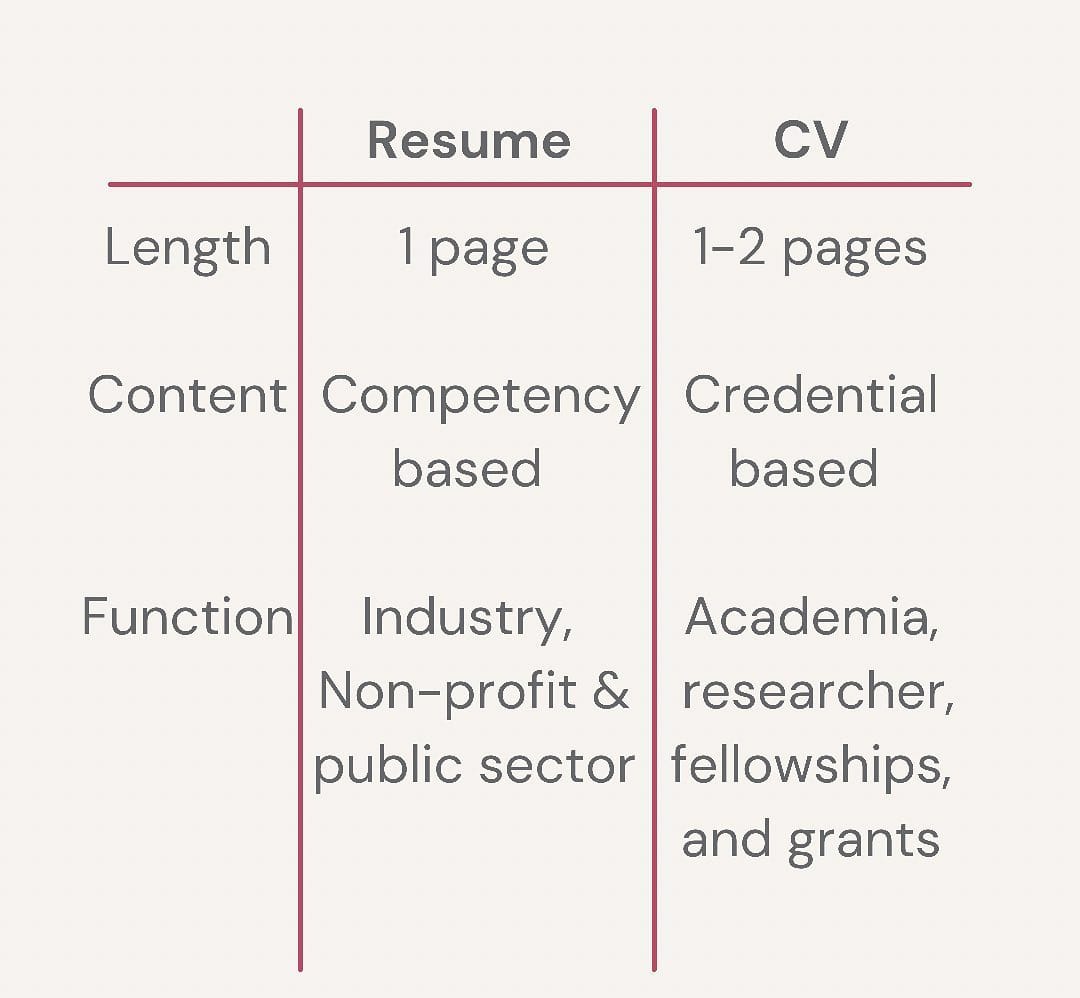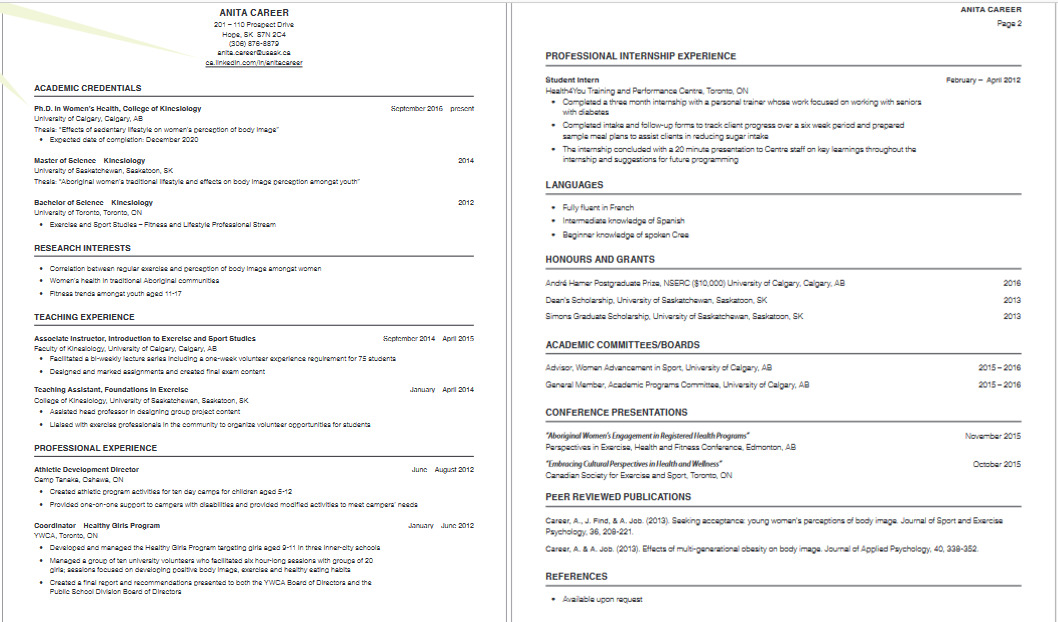How to Tailor Your Resume to Specific Job Description: Tailoring your resume to the specific job description that you are applying to can often be advised, as it helps recruiters better understand how you are a good fit for the company, and helps job searchers pass screening checks that utilise Applicant Tracking Systems.
There are certain strategies and best practices that you can employ when trying to tailor your resume to a specific job description or posting. These strategies include:
Above all being truthful: If the job truly is not a good fit, this fact will likely come out during the interview process, or worse, in the course of your new job. Lying to get hired is never advisable and under certain conditions can constitute a criminal offence;
Understand the job description: Carefully read the job posting and identify the required qualifications and skills. Take note of specific keywords and phrases used throughout the description.
Match your qualifications: Review your general resume and compare it to the job requirements. Place your key qualifications prominently in the top half of your resume, such as in the summary and experience sections. Use a format (e.g., reverse-chronological, functional, or combination) that highlights your most relevant experiences.
Update your summary: Customise your summary section to showcase your most relevant skills and accomplishments using the keywords from the job description. Include the job title you’re applying for to personalise your resume.
Customise your work history: Tailor your work history section to highlight experiences that align with the job requirements. Remove or minimize positions that are less relevant. Use the job description’s keywords in the bulleted lists and prioritise the most relevant responsibilities or tasks.
Include measurable results: Enhance your experience section by incorporating quantifiable data and achievements that demonstrate the impact you made in previous roles. Highlight specific results and outcomes to showcase your value.
Update your skills section: Add any remaining relevant skills to your skills section, prioritising those mentioned in the job description. Include preferred skills that can differentiate you as a top candidate.
Proofread and align: Carefully proofread your resume for grammar and spelling errors. Ensure that the language you use aligns with the keywords and phrases from the job description. Check if your summary accurately reflects the job requirements and if each bullet point in your work history relates to the job responsibilities.
What are common mistakes in Canadian resumes and how can I avoid them?
Some common mistakes that newcomers can make when trying to write an effective Canadian resume include:
Using the same resume for different job applications: It may be tempting to use a generic resume for multiple positions, especially when applying to numerous jobs. However, customizing your resume for each job significantly improves your chances of being selected. Look for keywords in the job posting and incorporate them into your resume. Also, include relevant experiences and remove non-essential items.
Not reading the job description before creating your resume: Reading the job description provides valuable information about the role and the ideal candidate. It helps you tailor your resume accordingly and include keywords that match the job requirements. Balance the use of keywords for the applicant tracking system (ATS) while ensuring readability for human recruiters.
Listing job responsibilities instead of achievements: Canadian resumes focus on highlighting achievements rather than just outlining responsibilities. Emphasize what you brought to a company or team as an individual, mentioning accomplishments, numbers, data, or challenges overcome. Stand out from other applicants with similar experience by showcasing your unique contributions.
Creating a resume that’s too long or too short: The length of your resume depends on the specific job and your work experience. Generally, resumes should be one to two pages long. If you have more experience, a two-page resume is acceptable, while one page is suitable for those with less experience. Tailor your resume by removing early-career experiences as you progress in your career.
Not using action verbs: To make your resume impactful, use action verbs that demonstrate your initiative and achievements. Avoid passive phrases and instead use verbs like “led,” “managed,” “succeeded,” “surpassed,” “created,” and “delivered.” Vary your word choices to avoid repetition.
Submitting a cluttered or improperly formatted resume: Organizse your resume in a clean and easy-to-read manner. Use sufficient white space, appropriate line spacing, and consistent fonts (e.g., Times New Roman, Arial, or Calibri). Avoid mixing fonts, excessive bolding, underlining, or italicising.
Listing inaccurate contact information: Ensure your contact information is accurate and up to date, including your phone number and email address. Use a professional email address formatted with your name, avoiding nicknames or slang language.
 Jobsscholar Jobs Search | Education Hub | Scholars Portal
Jobsscholar Jobs Search | Education Hub | Scholars Portal




